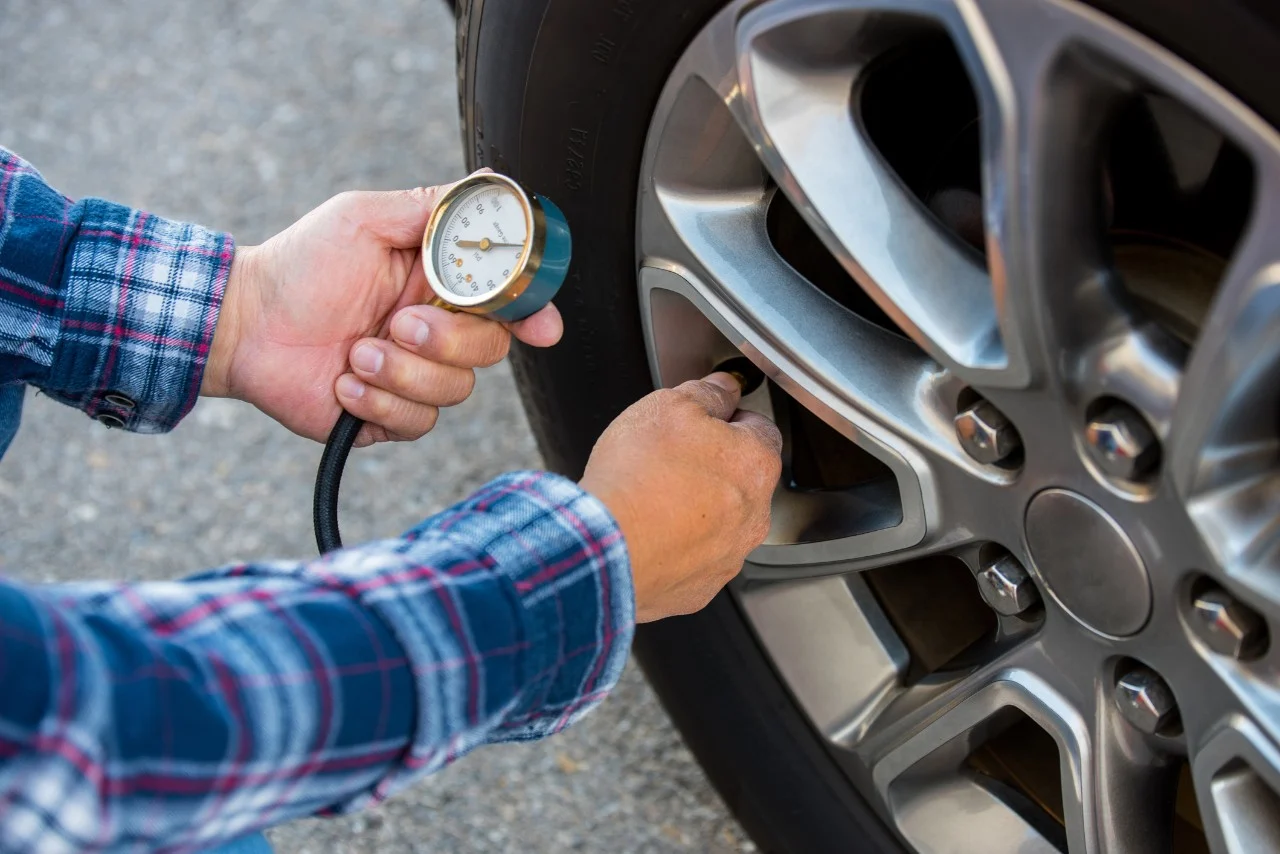Why Checking the Right Air Pressure Before Every Trip is Crucial for Trucks

For every truck driver, safety and performance are two non-negotiable priorities. One simple yet often overlooked step that directly affects both is checking tire air pressure before every trip. Whether you’re driving across states or just within city limits, maintaining the correct tire pressure can make all the difference — not just for the truck, but also for your wallet and the environment.
Let’s explore why checking air pressure is vital for every truck journey.
1. Safety Comes First
A truck’s tires are its foundation. When they’re underinflated or overinflated, the balance, braking, and handling of the vehicle are compromised. Underinflated tires generate more heat due to friction, increasing the risk of blowouts — one of the leading causes of road accidents involving heavy vehicles.
Overinflation, on the other hand, makes the tires stiff and less able to absorb road impact, reducing traction and stability. Imagine maneuvering a fully loaded truck on uneven terrain or wet roads with compromised grip — it’s a disaster waiting to happen.
Checking the air pressure before you start ensures your tires are ready to handle the load and road conditions safely, keeping both the driver and others on the road protected.
2. Longer Tire Life = Lower Costs
Truck tires are expensive investments, and poor air pressure is one of the fastest ways to wear them out. When tires are underinflated, more of the surface area touches the road, causing uneven tread wear and faster degradation. Overinflated tires, conversely, wear out the center of the tread faster than the edges.
By maintaining the recommended air pressure, you ensure even tire wear and maximize their lifespan. This means fewer replacements, fewer roadside breakdowns, and significant savings in maintenance costs over time.
A simple daily pressure check can extend your tire life by up to 20%, reducing operational expenses — something every fleet owner and independent driver can appreciate.
3. Fuel Efficiency Boost
Every drop of diesel counts, especially for long-haul operations. Incorrect air pressure can seriously impact fuel efficiency. When tires are underinflated, they create more rolling resistance, forcing the engine to work harder and burn more fuel.
Studies show that just a 10 psi drop in tire pressure can reduce fuel efficiency by nearly 2%. For a fleet that runs hundreds of kilometers daily, that small percentage quickly adds up to thousands in additional fuel costs every year.
Keeping tires at the correct pressure ensures smoother rolling, optimal performance, and better mileage — helping you get the most from every liter of fuel.
4. Protects the Load and Suspension
A fully loaded truck is a massive combination of weight and momentum. Tires that aren’t properly inflated can’t evenly distribute that load, putting extra stress on the suspension system, axles, and even the cargo.
Underinflated tires flex excessively, affecting the truck’s stability and increasing the risk of cargo shifting or damage during transit. Overinflation causes a rougher ride, transmitting more vibration and shock through the truck’s frame — again risking your load.
Proper air pressure acts like a cushion, keeping the ride stable, the suspension balanced, and the cargo secure.
5. Environmental Benefits
Trucks with correctly inflated tires not only save fuel but also emit fewer pollutants. Reduced rolling resistance means the engine runs more efficiently, cutting down on carbon emissions. Over the long run, consistent tire maintenance helps the trucking industry lower its overall environmental footprint.
So, every time you check tire pressure, you’re not just protecting your vehicle — you’re contributing to cleaner, greener roads.
6. It’s Quick, Easy, and Preventive
Checking tire pressure takes just a few minutes but can prevent costly repairs, downtime, or accidents. Digital tire pressure gauges and automatic inflation systems have made the process even faster and more accurate.
Before every trip, it’s essential to:
- Use a calibrated gauge to check pressure when tires are cold.
- Follow the manufacturer’s recommended psi levels (usually listed on the door frame or manual).
- Inspect tires for visible wear, cuts, or bulges while checking pressure.
These quick checks can save hours of trouble later on the road.
Conclusion
In trucking, preparation is everything — and checking air pressure is one of the simplest yet most effective habits a driver can build. Proper tire inflation enhances safety, improves fuel economy, extends tire life, protects cargo, and benefits the environment.
Before you hit the road on your next trip, take a few minutes to check your tire pressure. It’s a small step that ensures a smoother, safer, and more efficient journey — for you, your truck, and everyone sharing the road.
